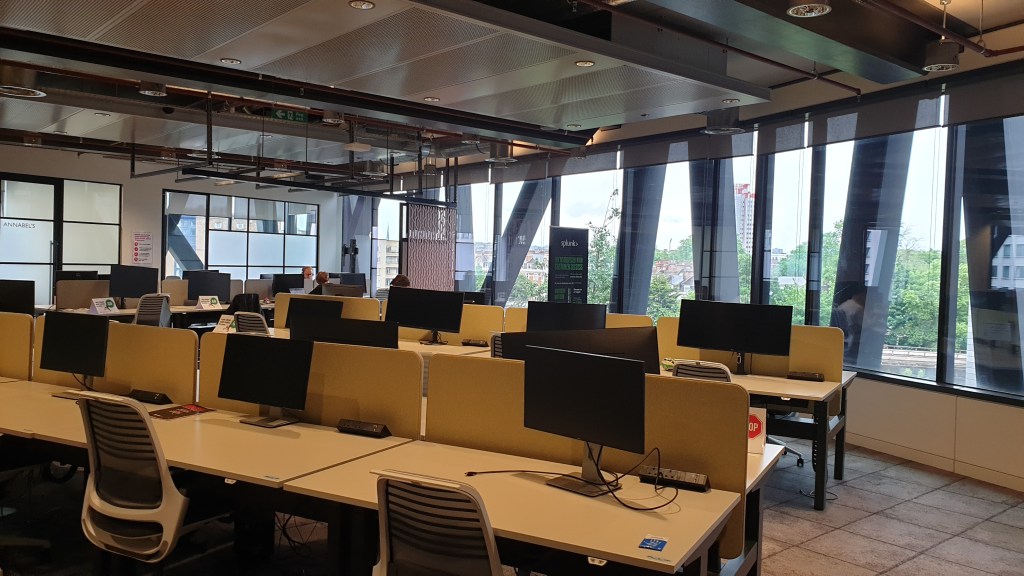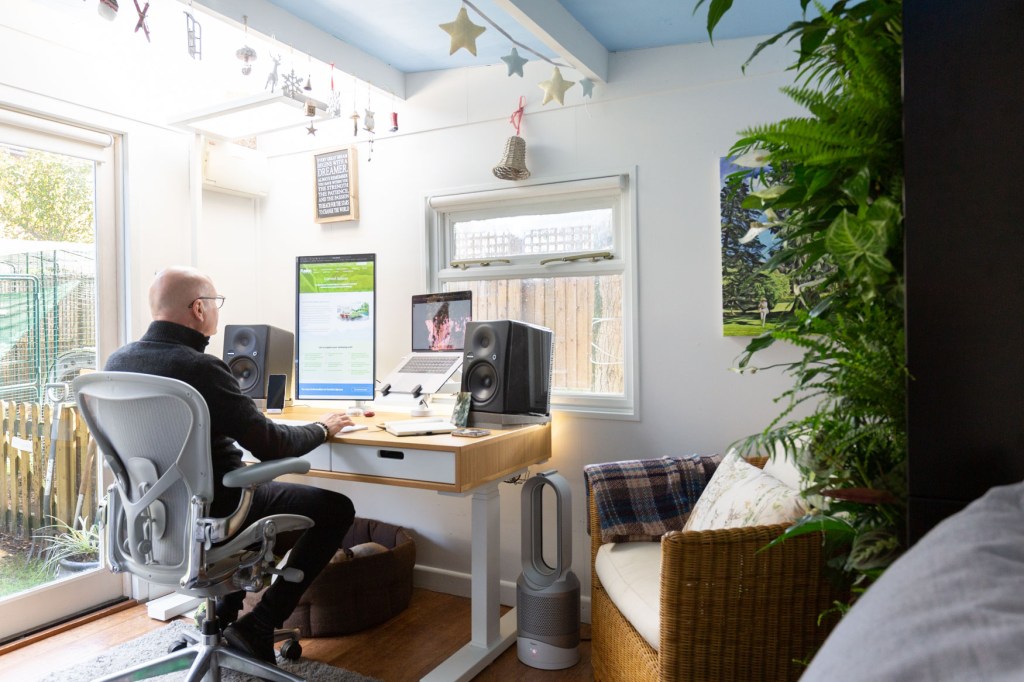Even before the pandemic, the nature of office work was changing. There was an increasing shift to creating more purpose-based workspaces that accommodated different styles of activity, such as collaborative working or quiet focused work. This also led to an increase in the use of non-allocated desks (let alone private offices), so there was no guarantee, or expectation, that an office user would be at the same desk every hour of every day.
Then, the pandemic forced huge numbers of office workers to work from home, and many of them found it preferable. This has led to a rise in hybrid working, but has also acted as a catalyst for evolution of workplace design.
A decade’s-worth of change seems to have happened in about 18 months and many employers have completely remodelled their office space as a result: partly to attract workers back to the office by making them more comfortable and homely, and partly to adapt them to new ways of working.
However, with all the changes in workspace design, many offices are still less than half full for several days a week. A recent report quoted in The Guardian suggests that the Monday to Friday office occupancy rate across the UK is 29% for the first three months of 2023, and slightly less in London, compared with typical pre-pandemic levels of 60%-80% (according to data from Remit Consulting).

As a result of this, it is quite likely that suppliers of business-to-business (B2B) services are going to be impacted. Those companies selling discretionary B2B services, such as interior landscaping (my area of interest), are probably going to be especially exposed.
B2B companies that already have a nicely diverse mix of customers in terms of sector, size, and geography are probably going to be able to absorb some of the possible shocks, for reasons I’ll discuss later. However, those that are heavily dependent on one part of the marketplace, such as large corporate offices, might find themselves living in ‘interesting times.’ This is especially true where B2B service providers are not a directly-employed contractor, but appointed by a facilities management company.
What does this mean for interior landscapers?
The benefits of interior landscaping and workplace wellbeing are pretty much understood and accepted, so I don’t think there will be a large-scale chuck-out of plants as a cost-saving measure that we have seen in the past (such as the aftermath of the 2008 financial crisis). However, if offices are only – on average – one third full, then it stands to reason that there will be a significant reduction in the floor space needed for organizations. Those empty floors won’t need plants, art, ambient scenting or coffee machines.
There is an upside for those businesses agile and imaginative to grasp the opportunities. Those office workers not commuting as often will still be working somewhere – and not necessarily at home. They will probably be spending more time working in places such as local co-working venues (several being set up in the suburbs and small satellite towns), coffee shops, or even in hotel lounges. All of these settings (often called third spaces) would certainly benefit from some nice plants – ideally supplied and maintained by a good interior landscaper. By offering their services to these spaces, interior landscapers can ensure that their plants continue to be seen and appreciated by workers, even if they are not based in a traditional office environment.

Employers still have a duty of care
Even when the workforce is remote, employers still have a responsibility for the health, safety, and wellbeing of all their staff. It stands to reason that some of those discretionary B2B services could be reimagined as something to enhance wellbeing in the home working environment.
Many interior plant companies, especially those that have the infrastructure in place to deliver plant displays, could adapt quite quickly – some have already by offering mail order houseplants. Those companies could easily refine their offer by providing plants that are especially well suited to home working environments.

These could include plants that are easy to maintain (and maybe even be set up in such a way as to make plant care especially straightforward), and be properly matched to the home worker’s office environment. Advice and guidance on selecting the right plants for the space, together with instructions on plant care could be given, alongside tips on how to create a more effective home office space.